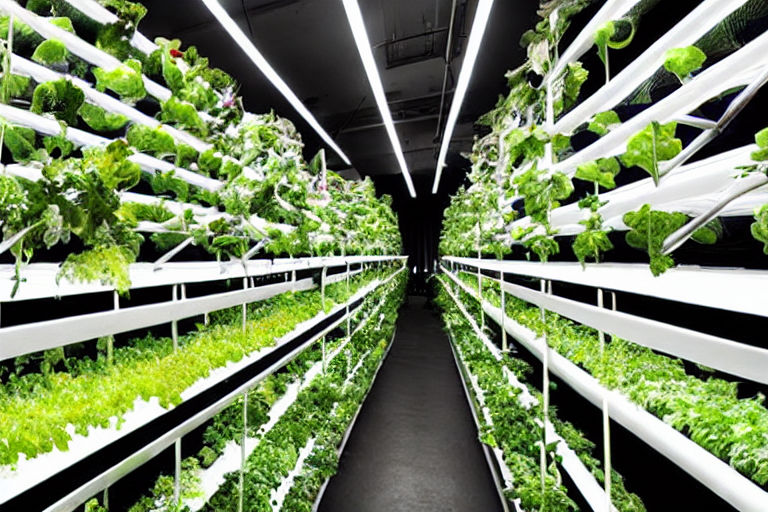The Ultimate Guide to Indoor Cat Enrichment: Keeping Your Kitty Happy and Healthy
As a pet owner, you want to provide the best possible care for your furry friends. One of the most important aspects of a cat’s well-being is their environment. Cats that are indoors all the time can easily become bored and restless, leading to a range of behavioral and health problems.
Why Indoor Cats Need Enrichment
Indoor cats have a more limited range of activities and social interaction than outdoor cats. They need environmental enrichment to help prevent boredom and maintain their physical and mental health. Enrichment is the process of adding or changing an animal’s environment to increase mental and physical activity and improve well-being.
Indoor cats that do not have proper enrichment can become lethargic, overweight, or develop litter box avoidance problems, among other issues. Enrichment activities stimulate their minds and bodies, providing mental and physical exercise, and mimic the activities that cats experience in the wild.
How to Enrich Your Indoor Cat’s Environment
There are many ways you can enrich your indoor cat’s environment, including:
- Scratching posts and pads: Cats need to scratch to keep their claws healthy and mark their territory. Provide scratching posts and pads to prevent damage to furniture and carpeting. Place them in multiple locations around your home and consider providing both vertical and horizontal options.
- Toys: Toys that mimic prey, such as mice or birds, can provide hours of entertainment for your cat. Play with your cat daily to help them get the exercise they need and help build your relationship with them.
- Perches and shelving: Cats love to climb and perch up high. Providing elevated surfaces such as cat trees, shelving, or window perches can help them feel secure while also giving them a view of their environment.
- Food puzzles: Cats need mental stimulation as much as physical exercise. Puzzle feeders provide an opportunity for cats to work for their food and can help reduce boredom. You can buy puzzle feeders or create your own using cardboard boxes and hiding treats inside.
- Outdoor enclosures: If you have space, outdoor enclosures or catios can allow your indoor cat to experience the outdoors in a controlled environment. Ensure the enclosure is secure and provides shade and water.
Conclusion
Your indoor cat’s health depends on providing them with a stimulating environment. By following the tips outlined above, you can help prevent behavior problems, reduce your cat’s stress, and keep them happy and healthy for years to come.



